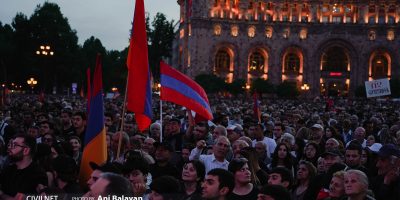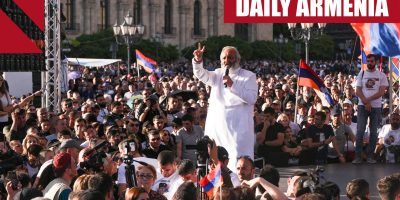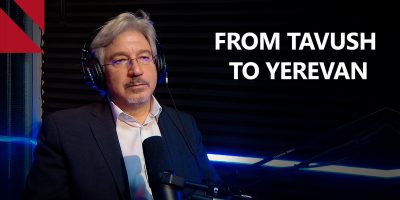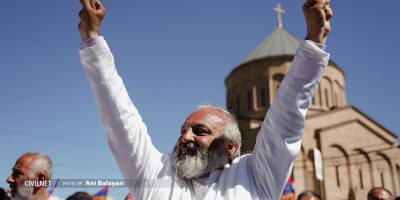By Nareg Seferian
In a recent interview with CivilNet, the Republic of Armenia’s High Commissioner for Diasporan Affairs Zareh Sinanyan touched upon the notion of “having a body unifying the entire diaspora”. This idea has come up in the past, such as in a column by the well-known Los Angeles-based writer Harout Sassounian and in a report by Policy Forum Armenia, a formerly more active research group, both back in 2010.
As much as that idea reflects a feeling of national unity, it is not feasible in reality, for a few reasons.
First, the Armenian Diaspora is not a single phenomenon for it to have a meaningful single body. There are extremely diverse Armenian individuals and organizations. Their differences are geographical, linguistic, religious, ideological, in terms of their footprint, and along many other lines.
Second, the bodies that do exist in the organised diaspora are themselves neither unified nor representative. The renowned and truly respectable organisations of the Armenian Diaspora function through small groups and among a limited circle of individuals. Their decisions – whether highly positive or not – do not pass through transparent processes. It would be practically impossible to create a representative, unified body out of such elements, no matter how truly loved (without any sarcasm) a given community’s leadership may be.
Third, there is no accurate demographic data on the Armenian Diaspora. The numbers simply do not exist. Putting them together is complicated and almost always impossible. Who is an Armenian? Where exactly? How to define and count those categories? There is no way to confidently divide up the units of the Armenian Diaspora. An important tool for forming a unified body is missing.
None of the above is to say that there is no way for the Republic of Armenia to engage with the Armenian Diaspora.
The most meaningful approach for the government would be to adopt a case-by-case, issue-by-issue basis. There are Armenian individuals and organisations outside of Armenia, some less influential than others, some small, some large, some part of a network, some highly local. They all deserve attention. It is possible to have some project or other with each, in accordance with local sensitivities. For example, could an Armenian of Istanbul imagine himself or herself openly having some sort of regular official relationship with the Republic of Armenia? Perhaps some could, but for the most part, definitely not. It is meaningless to bring up anything unified or representative in this case.
Having larger-scale programmes is also a possibility, as has happened in the past. Mr. Sinanyan mentioned that an Armenia-Diaspora conference is planned for the coming year, which is an opportunity for the more active and capable individuals and groups to get together. The government of Armenia could initiate and coordinate such broader projects.
The government of Armenia has also served as a networking platform in the past through which Diasporan bodies and individuals have established new acquaintances and developed their connections. That is another feasible function which can be encouraged.
The Republic of Armenia can serve as an official voice at the state level for individuals, organisations, and communities in the Armenian Diaspora whenever and wherever such a need may arise. For example, when meetings take place at a local or state legislative body in the United States, the presence of the consul or ambassador of Armenia brings such processes to another level. Or when property belonging to the Armenian Church is under threat of expropriation in Israel, an expression of concern from the Foreign Ministry of Armenia is the kind of support which adds a certain weight to the community there.
Finally, the government of Armenia can have its ongoing partnerships with various diasporan communities, whether on individual or organisational levels. If it wants to bring them together as a regular meeting or a council appointed by the government or in any other set-up, such enduring consultations could end up being productive. There could be a permanent consultative body as part of the Office of the High Commissioner for Diaspora Affairs of the Republic of Armenia, the ideas, reactions, and interventions of which could aid in the formation, implementation, and wrapping up of various projects.
Let us be realistic, however, and come to terms with the fact that such a body could never be formed in a unified or representative manner. By taking a look at, for example, the trustees of the Hayastan All-Armenian Fund, one can note the wide footprint of that group, but one could never call it “a body unifying the entire diaspora”. It is impossible to create a single, truly comprehensive body that would encompass and represent the entire Armenian Diaspora.
Nareg Seferian’s writing are available at naregseferian.com.
In picture: Armenia’s PM Nikol Pashinyan’s rally in Grand Park in downtown Los Angeles, 23.09.2019
Read the article in Armenian.
















